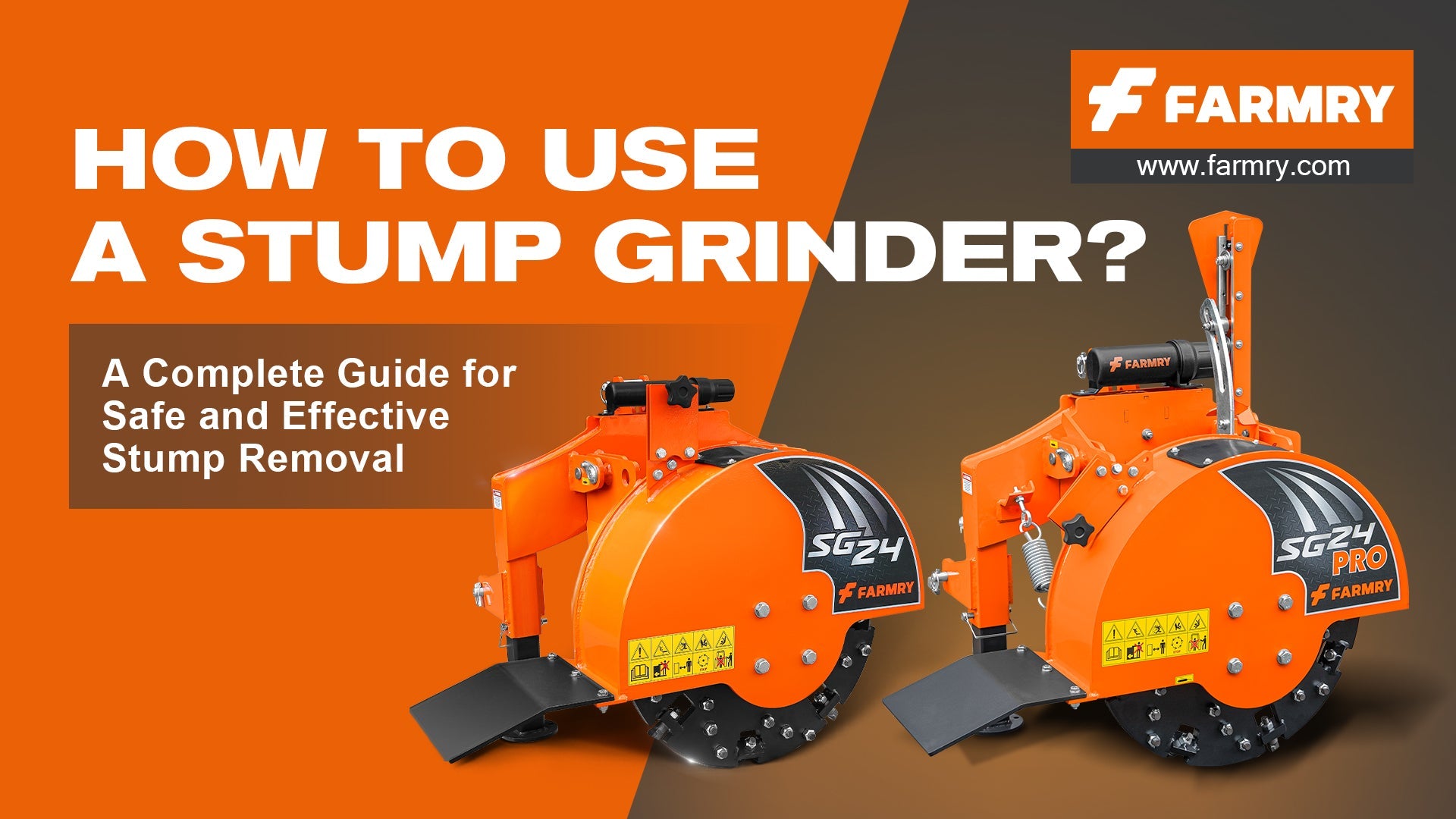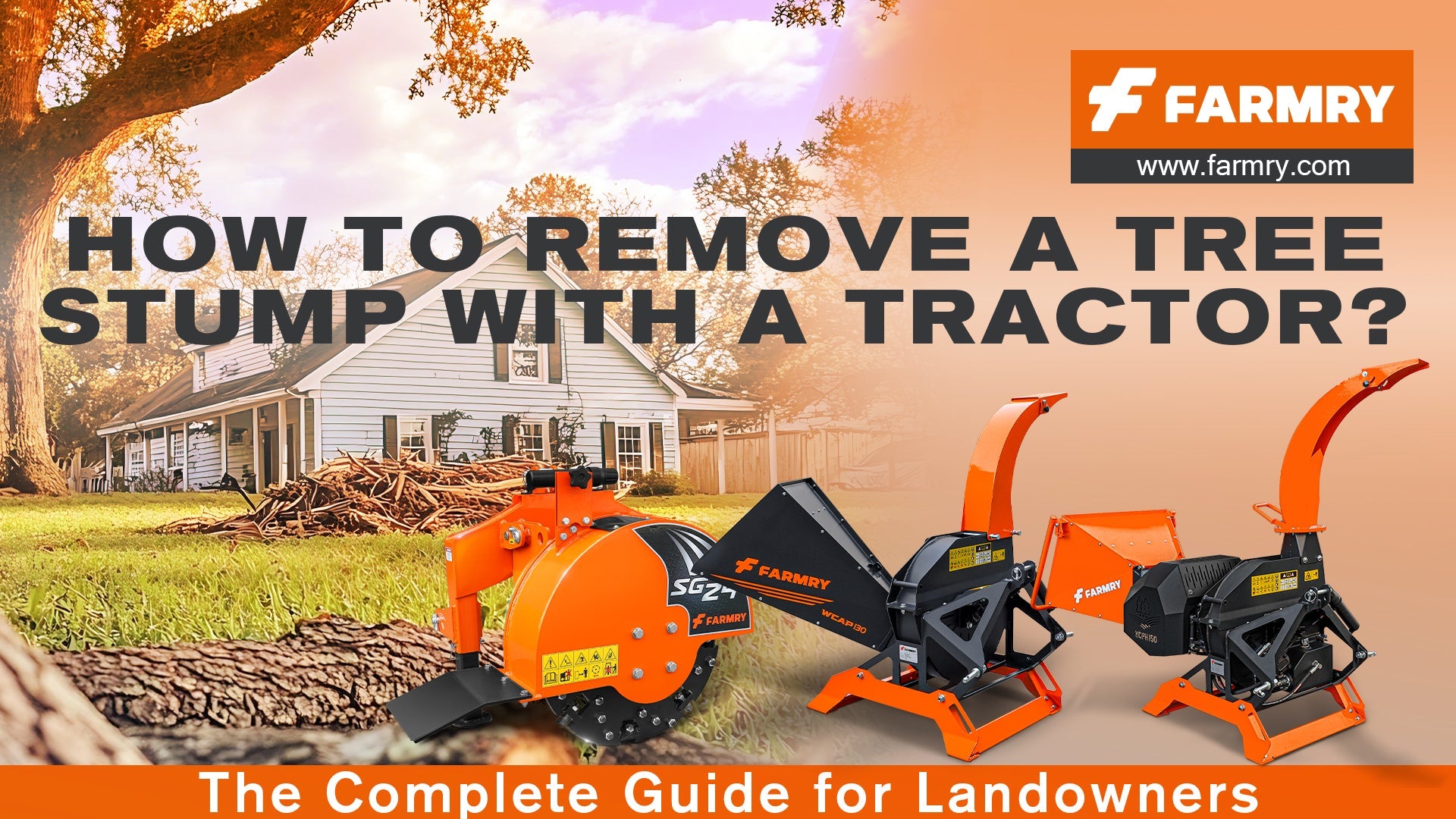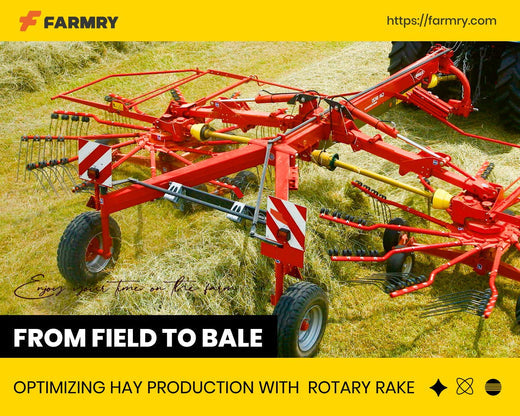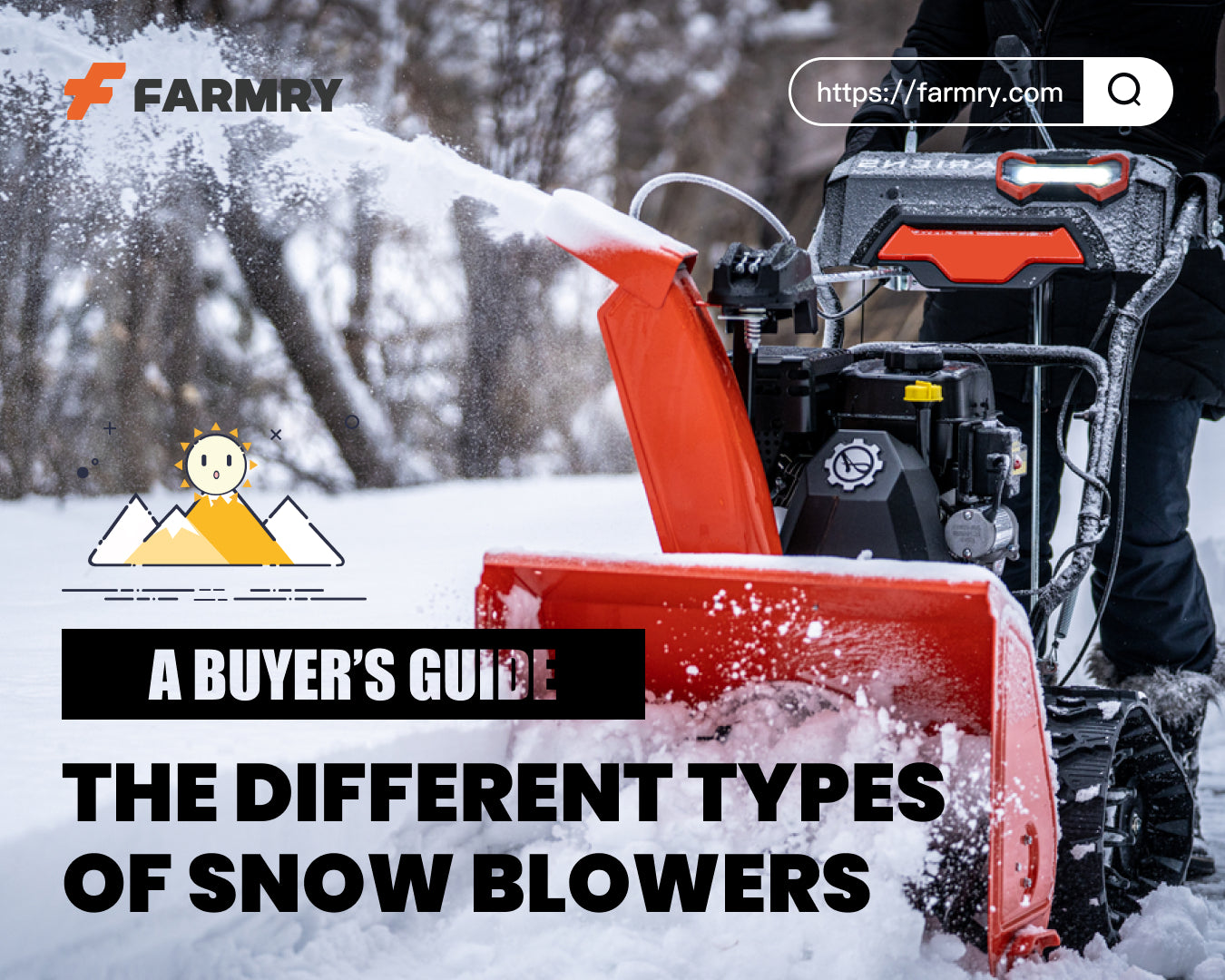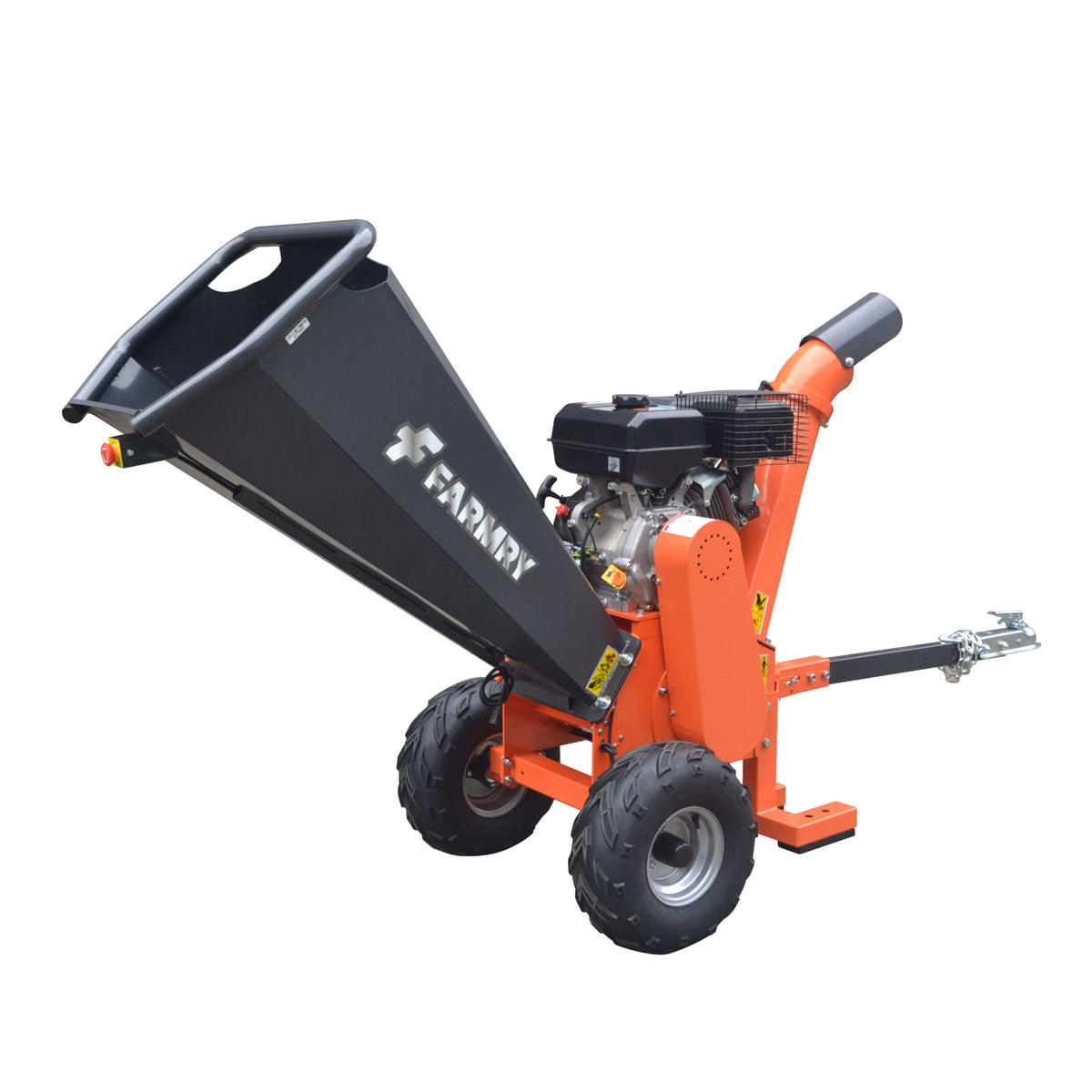The Ultimate Guide to Stump Grinder Equipment: Features, Reviews, and How to Choose the Right Model
 When people look at a beautiful property, they rarely think about the tree stumps left behind after removal. Yet for homeowners, landscaping contractors, and professional companies, old stumps can be a serious problem. They create tripping hazards, attract pests, and interfere with new growth. That’s why stump grinder equipment has become one of the most important tools in the outdoor equipment market.
When people look at a beautiful property, they rarely think about the tree stumps left behind after removal. Yet for homeowners, landscaping contractors, and professional companies, old stumps can be a serious problem. They create tripping hazards, attract pests, and interfere with new growth. That’s why stump grinder equipment has become one of the most important tools in the outdoor equipment market.
This in-depth review explores everything you need to know about a stump grinder: from the features of different models, to what kind of disc, teeth, and steel are best suited for your task. We’ll also dive into user pain points, safety concerns, and how to maximize efficiency when you invest your money in this powerful machine.
What Is a Stump Grinder?
A stump grinder, also called a stump cutter, is a machine specifically engineered to grind away tree stumps and roots left behind after a tree has been cut down. Unlike manual removal methods that require shovels, axes, or heavy lifting, the grinder uses a rotating disc fitted with sharp teeth made of durable steel. These tools chip away at the wood, breaking it into manageable pieces until the stump is reduced below ground level.
The result? A clear site that’s easier to landscape, reseed, or repurpose.
If you want to see a full range of options, check out the stump grinder equipment collection for the latest models and features.
Why People Need Stump Grinding
Different personas have different needs when it comes to stump removal.
-
Homeowners want an easy and cost-effective way to remove a single stump without damaging their yard.
-
Landscaping contractors and tree service companies need professional-grade machines that can complete multiple jobs quickly and safely.
-
Municipalities must ensure public safety by eliminating hazards in parks, sidewalks, and community spaces.
-
Rental yards require durable models that can withstand inexperienced users.
In all cases, a stump grinder provides the ability to transform unsightly, dangerous tree stumps into usable ground.
Key Features of Stump Grinder Equipment
Before you choose a model, you need to understand the features that separate high-quality machines from mediocre ones.
1. Disc and Teeth
The cutting disc is the heart of the machine. Strong steel teeth do the actual cutting, and their design determines how well the grinder can handle different diameter stumps. Carbide-tipped teeth are especially durable, providing long-lasting efficiency for heavy-duty tasks.
For example, the Farmry 3-Point PTO Stump Grinder features 34 carbide teeth for maximum cutting performance and longevity.
2. Engineered for Power
A stump grinder must be properly equipped with an engineered drive system to deliver consistent power. Smaller models may rely on gasoline engines, while larger commercial versions use diesel for maximum production.
3. Size and Portability
The choice of size matters. Walk-behind models are compact and intended for residential use, while tow-behind or tracked machines provide greater ability for professional sites.
4. Safety and Security Features
Stump grinding can be dangerous if not properly controlled. Look for features such as protective guards, emergency stop switches, and operator presence controls. Safety isn’t just a selling point — it’s about protecting people, property, and even your privacy on a job site.
5. Accessories and Options
Some stump grinder equipment comes with optional accessories, such as additional teeth, towing kits, or replacement discs. These add-ons provide flexibility and extend the machine’s working life.
Pain Points People Face Without the Right Grinder
Across all personas, certain frustrations are commonly shown in reviews:
-
Time wasted using the wrong tools.
-
Lack of resources to handle large diameter stumps.
-
Poor design leading to breakdowns and frequent repairs.
-
Insufficient safety controls.
-
Machines that are too heavy, making them difficult to use or transport.
-
Spending too much money on equipment that doesn’t match real needs.
By learning from these issues, buyers can make a smarter choice and avoid returned products.
Types of Stump Grinder Models
-
Walk-Behind Stump Grinders
Best for homeowners and light landscaping. Compact design but limited power. -
Tow-Behind Grinders
Hitch to a truck or tractor for larger jobs. Offer more efficiency and cutting ability. -
Tracked Grinders
Ideal for rough or uneven sites. Equipped with tracks for stability and maximum control. -
PTO-Driven Grinders
Attach to a tractor’s PTO shaft. Great for farms with existing resources.
(See the Farmry PTO stump grinder for options compatible with a wide range of tractors.)
Each model has its strengths, and the right choice depends on your intended use.
Professional vs DIY Stump Grinding
Professional companies invest in heavy-duty, high-efficiency equipment because downtime costs money.
DIY homeowners may only need a smaller machine for occasional tasks.
The decision should factor in:
-
How often you’ll use the machine.
-
The diameter of the average stump.
-
The type of wood (hardwood vs softwood).
-
The available resources and budget.
Efficiency and Production in Real Work
When equipped with the right disc, teeth, and engineered drive system, a modern stump grinder can quickly clear multiple stumps in a single day. The efficiency is much higher compared to manual removal, which can take hours for a single stump.
For professional companies, this means increased production and more satisfied clients. For homeowners, it means reclaiming their yard in less time with less effort.
Safety and Security: What You Must Know
Operating a stump cutter requires proper safety protocols. Always check that:
-
Guards are in place.
-
Operators wear protective gear (gloves, goggles, ear protection).
-
Work areas are controlled to prevent bystanders from entering.
-
The machine is on stable ground.
Some users overlook safety, but investing in the right features will ensure both personal security and job efficiency.
How to Choose the Right Stump Grinder
When making your choice, consider the following information:
-
Account for Intended Use
Residential, commercial, or municipal? -
Review Diameter Needs
Match the model to the size of stumps you’ll face most often. -
Evaluate Features and Accessories
What tools or options come included? -
Check Efficiency Ratings
Is the machine equipped for fast production? -
Budget vs Value
Don’t just look at purchase price. Factor in maintenance, parts, and resources required over time.
The Gift of a Clear Yard: Beyond Just Work
While a stump grinder is a serious machine, many property owners describe the results as a true gift. Removing unsightly tree stumps restores beauty, improves privacy, and eliminates hazards. For contractors, it also provides the ability to expand services and generate more money.
Final Thoughts: Learn Before You Buy
A stump grinder is more than just a tool — it’s an engineered solution to a frustrating problem. With the right features, design, and choice, you’ll be able to remove unwanted stumps quickly, efficiently, and safely.
Before making your purchase, always check customer reviews, consider the information provided by manufacturers, and match the model to your specific needs. Whether you’re a professional contractor seeking maximum production, a municipality focused on public safety, or a homeowner reclaiming your backyard, the right grinder will provide years of reliable work.
By learning about the options available and understanding common pain points, you’ll be better prepared to invest your money wisely. The end result? Clean sites, increased property value, and the satisfaction of knowing you’ve made the right choice.
Ready to find the best model for your needs?
Browse the complete stump grinder collection for detailed specs, user reviews, and the latest deals.
Top picks for professionals and property owners:

